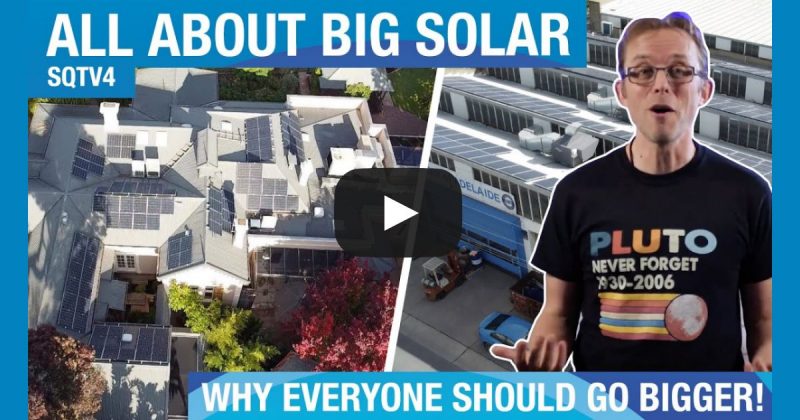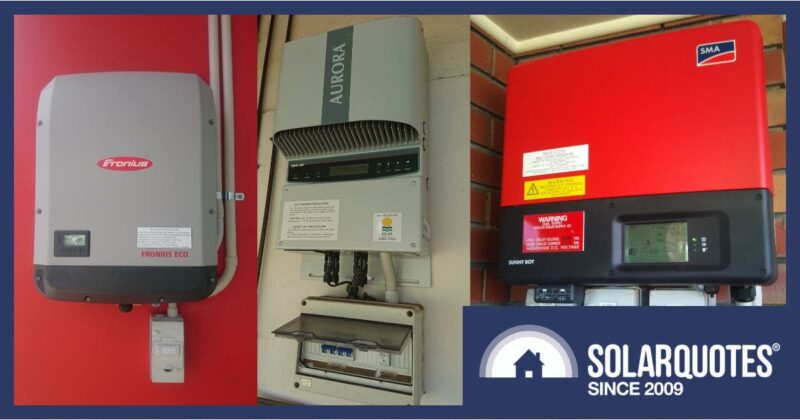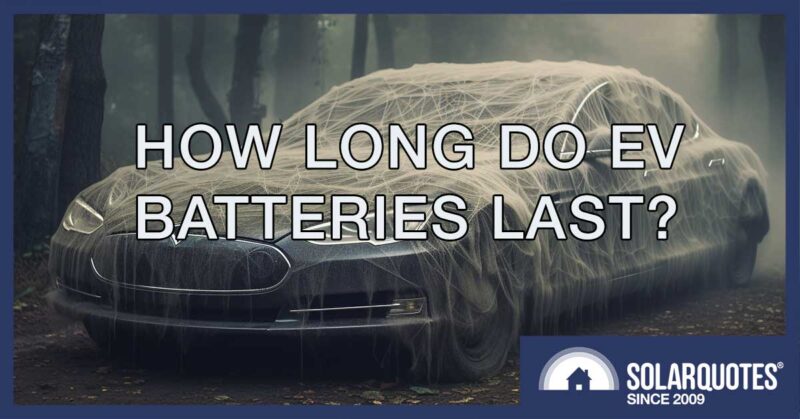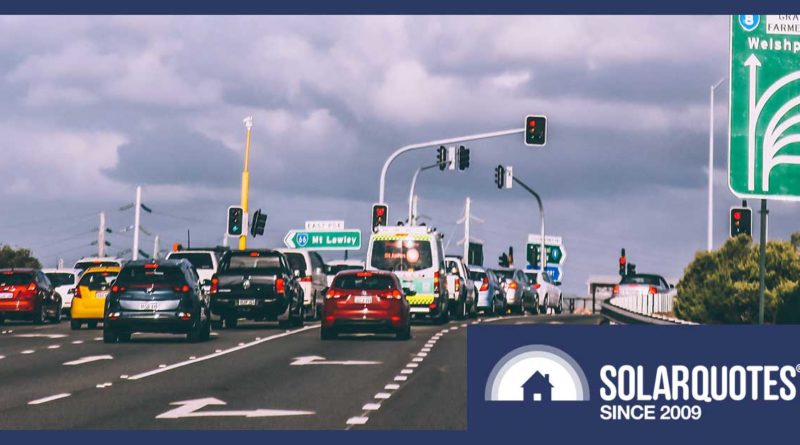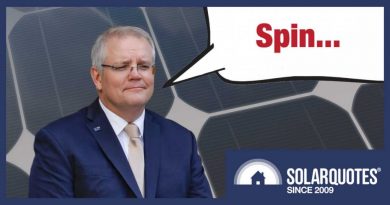To Electrify Road Transport Australia Will Need 46% More Generation


Australia has more than 20 million vehicles, including 2 million heavy trucks. To electrify them all would require an increase in on-grid electricity generation of approximately 46%.
This size of this increase raises the question: Is it possible for Australia to generate enough electricity to enable a rapid transition to electric road transport?
The short answer is: “Yes”.
The long answer is also “Yes” plus the 2,900 words I’ve written below.
When it comes to EVs, Australia is behind every other country that can afford underpants — but they’re finally taking off. Last year we purchased 20,095 electric cars and 2,706 electric motorcycles; an increase from 2020 of 59% and 103% respectively. At the moment, electric vehicles are only a little over 2% of total car sales, but if annual sales growth averages half what it was last year they’ll be around 100% of total current sales of new vehicles in 15 years.
Electricity supply will need to rise to keep them running, but this won’t be a problem for several reasons:
- It will take considerable time to completely electrify road transport.
- In the recent past Australia increased generation at a far faster rate than the EV transition requires.
- The task is made easier because improving energy efficiency is currently lowering per capita electricity consumption.
- EVs are the easiest type of electricity demand to meet and adding EVs enhances grid reliability.
- Thanks to solar power, new generating capacity is the cheapest it has ever been.
I’ll provide details on these points below, but first I’ll explain how I worked out that switching the entire road fleet to electric vehicles will require generation to increase by around 46%.
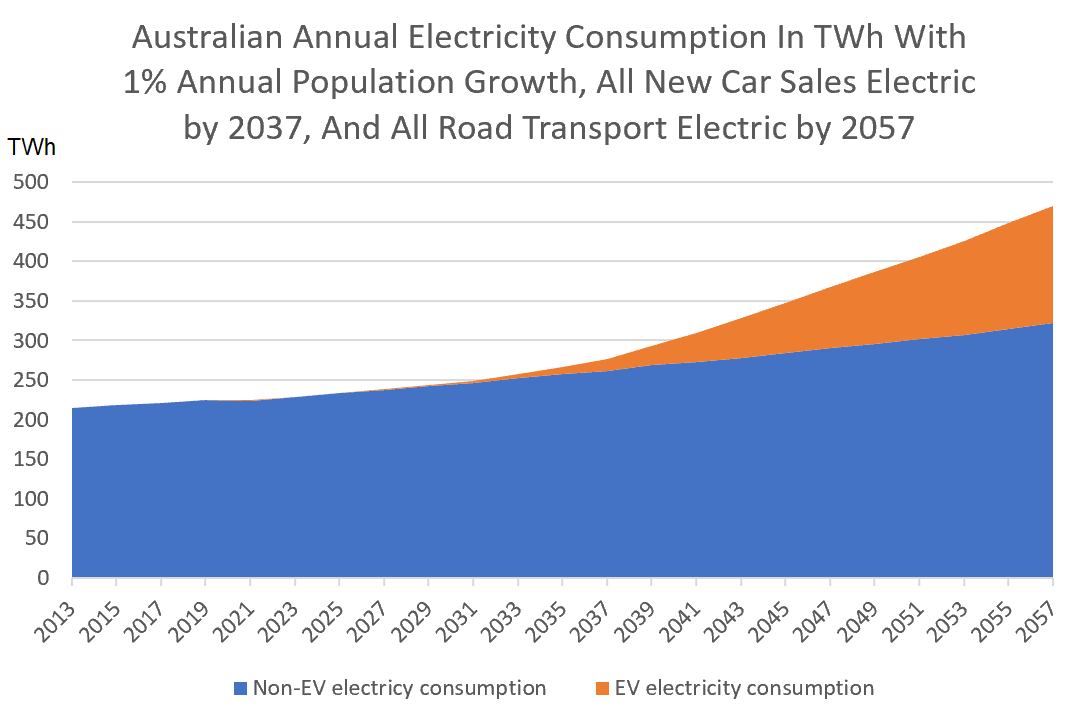
Important Note: Just because someone makes a graph doesn’t mean it’ll come true. This shows what may happen with electricity consumption if Australia’s population and non-EV electricity use rises by 1% per year, EV sales growth is 30% per year until it hits 100% of new vehicles sold in 2037 and road transport is fully electrified by 2057. Electrical energy used for road transport is shown in orange. Additional energy used by battery electric agricultural and mining vehicles is not shown. I think the transition will occur faster than this graph indicates, but others think it will take decades longer.
EV Electricity Use
I estimated the required increase in generation in two ways:
- Kilometres driven by passenger cars and light commercial vehicles.
- The amount of petrol and diesel heavy vehicles currently consume1.
Passenger Cars & Light Commercials
Australia has 18.1 million passenger cars and light commercial vehicles, and in a non-pandemic year they’re driven an average of 13,800 km each. This comes to 250 billion km per year.
Australia’s most popular EV, the Tesla Model 3, gets around 6.8 km in fair weather for every kilowatt-hour of grid electricity it’s charged with. Americans call it a medium sized car, so it’s pretty big.
If the energy consumption of the average future EV is assumed to be same, then 18.1 million of them will require 37,000 gigawatt-hours per year. Because Australia’s annual on-grid consumption is currently 224,000 gigawatt-hours, this means we’ll have to increase generation by approximately 17% to run the current number of passenger vehicles and light commercials with electricity.
There are a number of factors that can move this estimate up or down:
- The 6.8 km per kilowatt-hour figure is for fair weather driving without climate control. In real life, energy will be spent keeping people comfortable and preventing the battery pack from getting too hot or cold. This may increase electricity consumption by close to 10%.
- The figure is for combined highway and city driving, but most of the kilometres will be done in town where electric vehicles have better range thanks to motors’ regenerative braking and motors that don’t waste energy idling. This may reduce energy needs by roughly 20%.
- Light commercial vehicles are frequently heavier than the average passenger car and often full of cargo or tools. This should bump up the energy required.
- Because using electricity is far cheaper per km than petrol or diesel, there may be less demand for small cars in the future. A larger average vehicle size will increase energy consumption. Lower running costs may also mean people will drive more km, but — after the initial thrill of buying an EV wears off — this effect will be small in Australia because time is money.
- Electric vehicles may become more energy efficient. If the average EV is as efficient as the Lightyear One rather than a Tesla Model 3, energy consumption will be cut by over one-third. If EVs come with built in solar cells, energy requirements could be further lowered by over a quarter.
Because I’m just after a simple, back of the envelope estimate, I’ll assume these effects more or less cancel out and stick with a required increase in generation of around 17%.
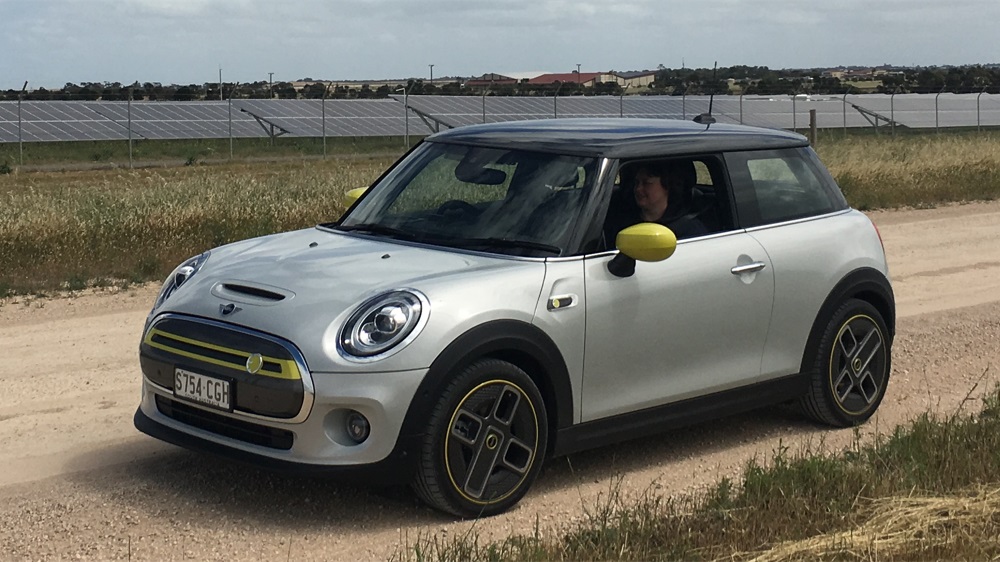
A Mini Electric in front of a field of solar panels, driven by an American. (You can tell they’re American because they’re sitting on the wrong side. They’re probably going to complain someone has stolen the steering wheel.)
Heavy Trucks
Determining electrical consumption from converting 2 million heavy trucks to EVs is more difficult, as there’s no existing electric truck I can point to and be confident its energy consumption will be around average. Instead, I’ll look at the amount of fuel currently consumed moving road freight and estimate how much electrical energy will be required to replace its chemical energy.
More energy is consumed by heavy trucks than the rest of Australia’s road transport combined. Other countries use a lot more rail or — where possible — rivers, canals, and oceans2. In 2020 Australian road freight consumed:
- Petrol: 1.592 billion litres
- Diesel: 12.479 billion litres
When these quantities of petrol and diesel are burned they’ll release 149 gigawatt-hours of thermal energy. Electric trucks won’t need nearly as much because batteries plus electric motors are far more energy efficient than running engines off controlled fuel-air explosions. A Tesla Model 3 only consumes around 16% as much energy per km as the average for Australian passenger cars and light commercials, but the energy savings from switching heavy trucks to electric vehicles won’t be nearly as great for the following reasons:
- Most heavy trucks have diesel engines and these are more energy-efficient than petrol ones. By volume, petrol is only 11% of heavy truck consumption.
- Heavy trucks spend more time on the highway where EV’s minimal energy consumption while idling and regenerative braking provide less benefit.
- Moving freight is a business, so more care is taken to minimize fuel use than with private vehicles.
On the plus side, once road transport goes electric, there will be no need to haul road fuel around:
- Over 0.5% of Australia’s road diesel consumption is used to transport petrol and diesel to service stations3.
It’s common knowledge that diesel engines are around one-third more efficient than petrol, but that isn’t correct because diesel contains 12% more chemical energy than petrol; which is uncommon knowledge. Estimates of heavy truck efficiency vary, but I’ll assume, all up, that Australia’s fleet averages 35% efficiency. I suspect this estimate is on the high side. I think electric heavy trucks will be at least 80% efficient as electric motors can average over 90% efficiency, and because businesses have an incentive to keep costs down, charging losses should be under 10%4.
Using a figure of 35% efficiency for current heavy trucks and 80% for future electric ones means electric heavy trucks will only use 44% as much energy as conventional ones per km on average. This means if the existing heavy truck fleet was replaced with EVs they would consume 65,000 gigawatt-hours of electrical energy annually, which is 29% of current generation.
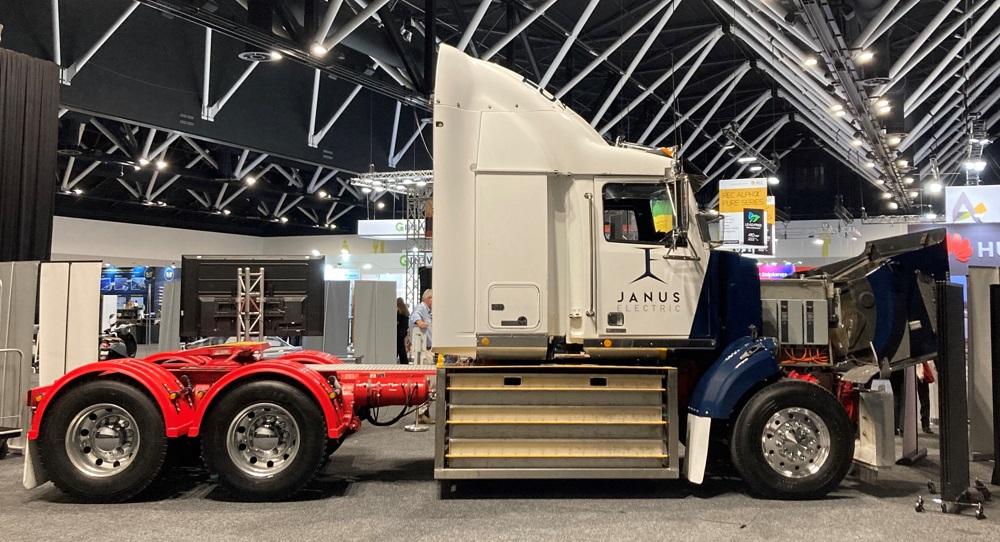
This prime mover was converted into an EV by Janus Electric. Its battery packs are swappable so there’s no waiting to recharge. There’s no need for hydrogen or other fuels because heavy trucks are ready to go electric.
Electric Vehicles Require ~46% More Generation
When the 17% increase in electricity generation required to transition private cars and light commercial vehicles to EVs is added to the 29% increase for heavy vehicles, the total increase in electricity generation required to electrify transport comes to 46%. Maybe Canada will come out ahead, but I suspect Australia will need to increase electricity generation by a larger portion than any other developed country to transition to EVs.
Note this is only for road transport. If on-grid farms and mines switch to battery electric vehicles, the required increase in generation may be 70% or more.
A Worldwide Energy Saving
The 46% increase in electricity generation required to electrify road transport is huge, but will result in a much greater reduction in energy use from oil. How much less will depend on how the electricity is generated. I think nearly all the energy used to charge EVs will be renewable, but others — who are wrong — think coal and natural gas will be major generation sources for decades to come.
Electrifying road transport won’t only reduce energy use in Australia, it will also decrease it overseas. This is because most of the energy used to extract, transport, and refine the oil we use occurs outside the country. For every 8 litres we reduce our oil product use, there’s roughly a 1 litre reduction overseas.
EV Transition Will Take Time
We won’t have a problem supplying electric vehicles with energy because the transition will take time. The average age of Australia’s passenger and light commercial vehicles is 10.8 years. This means their life expectancy — roughly how long you can expect a car to last — is around 22 years5. This means if every new car bought from today forward was electric and there was no change in the rate old vehicles are written off, in 20 years there would still be a considerable number of internal combustion engine vehicles.
Given there’s currently a 30-year-old Ford Falcon parked across the road from me, it would actually take more than three decades to get rid of all our oil burning clunkers, assuming cars are kept for as long as they are now. (Seeing a 30 year old Ford Falcon always scares me. This is because I assume the only way one can still be running is if it’s evil like Christine.)
The average life of heavy trucks is a little shorter at under 10 years. However, semis that haul double trailers long distances using multiple drivers have average lives of under 5.5 years.
Internal Combustion Vehicles Won’t Be Worth Keeping
Personally, I don’t think we’ll keep petrol and diesel vehicles in use as long as we currently do after electric vehicles take off. Once enough EVs enter the second-hand market, paying extra to fuel, maintain, and repair old petrol and diesel vehicles won’t make sense. Any old oil burner with a mechanical problem that can’t be ignored is likely to end up recycled rather than repaired. This will accelerate the transition to almost 100% electric vehicles.
We’ve Expanded Generation Faster
If all else is kept equal and our current vehicle fleet is changed to electric vehicles over 25 years, we will only need to increase generation by 1.5% per year to keep them charged. Given we were increasing generation by close to 3% a year at the start of this century, it won’t be a difficult task. If EV numbers grew so fast they became equal in number and capacity to our current vehicle fleet within 15 years, we’d only need to expand generation at the same rate as 20 years ago.
But growth in electricity generation in the early 2000s was pretty slow by 20th century standards. Back in the 80s average growth was over 5.5% per year. At that rate, we’d have enough new generation to electrify our current road fleet in 6 years. It’s obvious from recent history we will have no problem meeting EV energy demand — unless we stupidly create one.
Time Until ~100% EV Sales
To fully transition to electric transport, new car sales must be 100% electric — or so close it makes little difference. I think we’ll reach this point before 2035, but others are less optimistic. Two weeks ago I was shown a graph made by a bunch of analysts6 that had sales of new EV passenger cars only reaching 70% in Australia by 2040. Not only was the prediction pessimistic, it was weird because it showed sales growth declining after 2035 and that’s not the way it’s going to go.
Once the price premium for electric vehicles starts disappearing in the lower end of the market, it will be game over for new oil burners. No one will want a new conventional car if an EV is around the same cost upfront and has…
- Better performance
- Lower fuel costs
- Lower maintenance costs
- Environmental benefits including less noise7
Once producing lower-cost EVs become profitable, the manufacture of internal combustion engine vehicles will soon come to an end. Even if there’s an EV shortage at this point, Australia is a rich country and we’ll bid supply away from other nations. This may not seem fair, but it is how markets work.
Robo-Cars
Something that could result in an even faster transition is if self-driving cars become available. If a large number of people start using electric robo-taxis rather than owning their own car, it would make it much easier for road transport to rapidly go all electric, as it would reduce the number of EVs required.
Per Capita Electricity Consumption Is Declining
One thing that will make the EV transition easier is Australia’s falling electricity consumption per capita. Here’s a graph of electricity consumption since 1999:
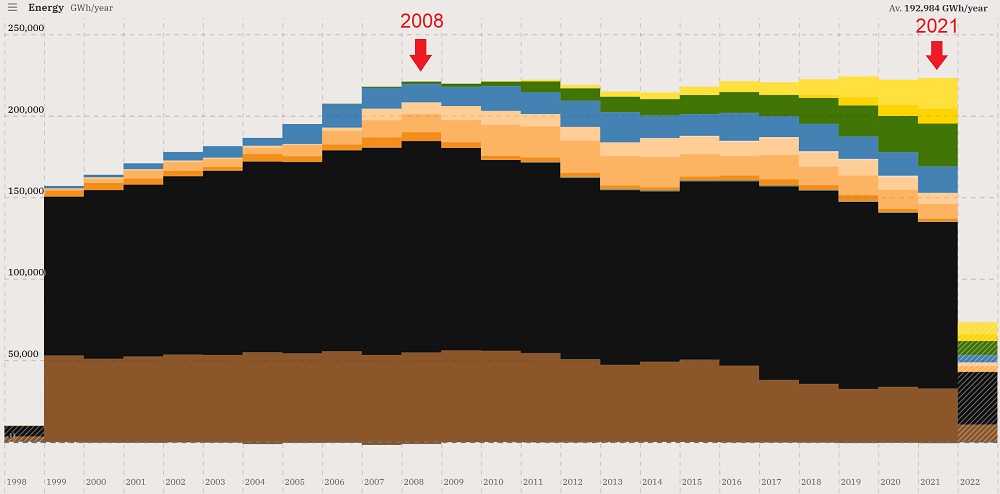
This graph is from OpenNEM and don’t worry Western Australia, your consumption is included.
I highlighted two years — 2008 and 2021. In those years on-grid electricity consumption was:
- 2008: 222,347 gigawatt-hours
- 2021: 224,053 gigwatt-hours
So in 2021, 13 years after 2008, electricity consumption was only 0.77% higher.
To show how this lack of change is surprising, here’s a graph of Australia’s population over the same period:
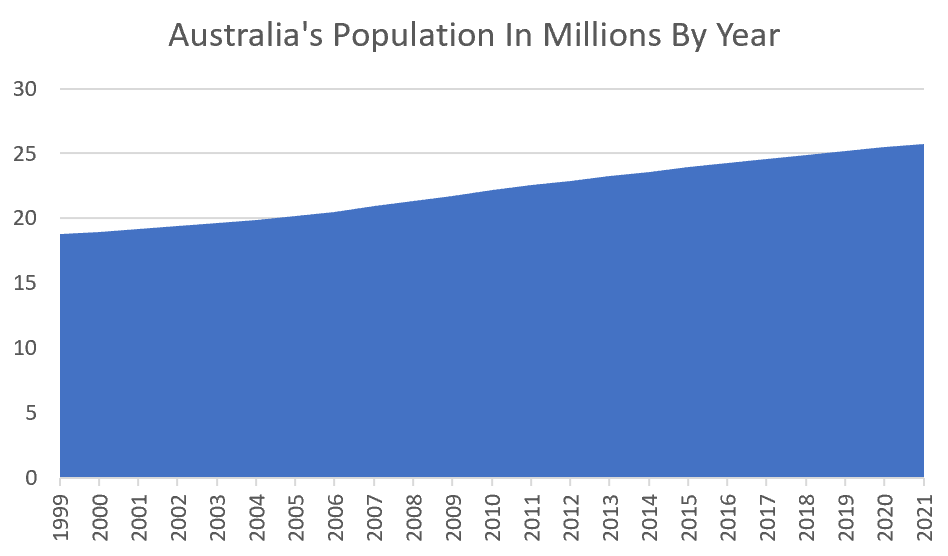

In the years under consideration, the population was:
- 2008: 21.32 million
- 2021: 25.75 million
This means, over a 13 year period, Australia’s population grew by 21%. A rate of 1.45% per year. Over the same time electricity consumption rose by just 0.77%. Over that time, Australia’s per capita electricity consumption has been declining by around 1.4% per year. Some has been due to changes in industry, but most is the result of improved efficiency. This includes better insulated buildings and more efficient appliances and industrial machinery. We’ll have to wait and see if efficiency improvements will be maintained, but a lot is baked in as old devices wear out and are replaced with efficient modern ones.
Even if Australia’s population growth slows to under 1% a year, efficiency driven decreases in electricity consumption won’t free up enough generation to allow a rapid transition to EVs. This is the case even if electric vehicles improve significantly in efficiency. But it will make it easier and could be sufficient to meet extra demand in other areas. We will need extra electrical energy to shift away from gas hot water, and home heating and efficiency improvements may be enough to cover this need.
EV Energy Demand Is Easy To Meet
Australia won’t have trouble charging EVs because batteries on wheels are the easiest type of electricity demand to meet. People can charge them — and stop charging them — whenever they like. Because it’s cheaper to charge when it’s easy for the grid to provide power, that’s when most people will do it. The more electric vehicles there are the more battery storage will be available to soak up surplus wind and solar energy generation.
There will always be some people who will try to charge their cars at the worst possible moment, such as in the early evening during a heatwave. But, as long as they are willing to pay extra at these times, it’s not a problem because electricity can be supplied from other EVs to meet demand when required. Electric vehicles providing power to homes and grids is still, very much, in its infancy in Australia. But it has huge potential to help eliminate fossil fuel use while providing grid stability.
New Generation Has Never Been Cheaper
Solar power has fallen so far in cost that it’s now the cheapest form of generation in history. When even Scott Morrison admits it can get down to 1.5 cents per kilowatt-hour, you can be dead sure it’s doing well. That figure is for electricity from a solar farm, but you’re better off putting solar on your roof. That way, during the day, you’ll save the retail cost of electricity and if you get a battery in the future, whether in your home or on wheels, you may also be able to save that much at night.
Whether you charge your EV very cheaply during the day with your own solar energy, or still cheaply with the help of wind power late at night, driving will be extremely cheap per kilometre in the future. This will be the case even if we have to rapidly expand generating capacity as new car buyers create an EV stampede.
Footnotes
- There are also vehicles using LPG (Liquefied Petroleum Gas or “autogas”) as well as CNG (Compressed Natural Gas), but they now represent only around 1% of road transport energy consumption. They started to go out of style when people looking to cut fuel costs could get hybrids and these days they can go all electric. Buses are the most common CNG vehicles but are gradually being replaced with full electrics.
- Japan ships a considerable amount of domestic cargo by ship. One reason is probably because they invested in baby’s first railway gauge to help trains wind their way up mountains.
- Average distance 250km according to this report. It’s fairly short because most Australians live near the coast.
- I suspect battery swapping will be used for long-distance freight hauling, but if Elon Musk or anyone else proves me wrong, that’s fine. Just so long as it gets done.
- This is only an estimate. If you want an accurate figure, you’ll have to talk to a car actuary.
- I won’t say who, but their name rhymes with “Boomberg”. It rhymes really, really well.
- EVs are great for listening to music as you drive.
Original Source: https://www.solarquotes.com.au/blog/electrify-road-transport-australia/
